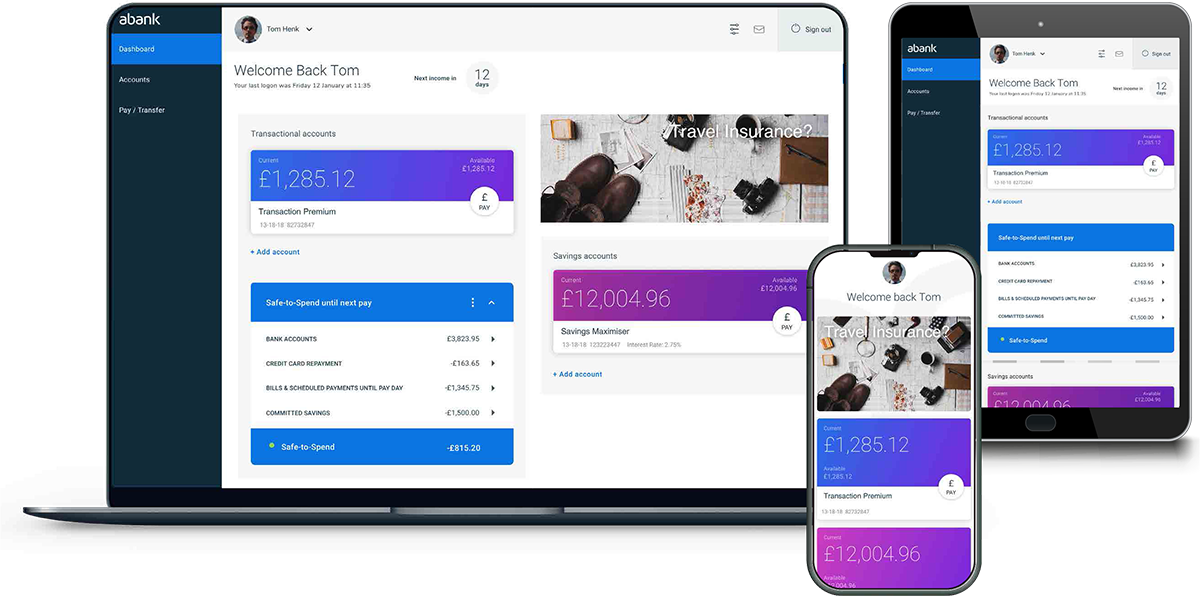15 Best Blogs To Follow About Document Verification Ai
The earliest kinds of electronic banking trace back to the development of Atm machines as well as cards released in the 1960s. As the net emerged in the 1980s with very early broadband, electronic networks began to connect retailers with distributors and also consumers to create demands for very early on-line brochures and also stock software application systems.

The enhancement of broadband and also ecommerce systems in the very early 2000s led to what resembled the modern electronic banking world today. The spreading of smart devices with the next decade opened the door for deals on the move past ATM machines. Over 60% of customers now utilize their mobile phones as the favored approach for electronic financial.
This dynamic forms the basis of consumer contentment, which can be nurtured with Client Relationship Monitoring (CRM) software. For that reason, CRM should be integrated right into a digital financial system, because it provides methods for financial institutions to directly communicate with their consumers. There is a demand for end-to-end consistency as well as for services, optimized on benefit as well as customer experience.
In order for financial institutions to satisfy consumer needs, they need to keep concentrating on boosting electronic technology that gives dexterity, scalability and performance. A research carried out in 2015 exposed that 47% of bankers see prospective to enhance consumer connection via digital financial, 44% see it as a way to produce affordable advantage, 32% as a network for new client procurement.
Significant benefits of digital financial are: Organization performance - Not just do electronic systems boost communication with consumers and provide their demands more promptly, they also provide approaches for making internal functions more reliable. While financial institutions have gone to the forefront of digital innovation at the consumer end for decades, they have not totally welcomed all the benefits of middleware to accelerate efficiency.
Conventional financial institution handling is pricey, sluggish and also vulnerable to human mistake, according to McKinsey & Company. Counting on individuals as well as paper likewise uses up office, which runs up power and also storage space prices. Digital platforms can future minimize expenses with the synergies of even more qualitative information as well as faster reaction to market adjustments.
Coupled with absence of IT combination in between branch and back workplace workers, this problem reduces organization performance. By simplifying the confirmation procedure, it's easier to apply IT remedies with company software, leading to more exact accountancy. Financial precision is important for banks to adhere to federal government regulations. Enhanced competition - Digital solutions aid manage advertising and marketing checklists, permitting financial institutions to reach wider markets and also construct closer relationships with technology savvy consumers.
It's reliable for executing consumer rewards programs that can improve loyalty as well as fulfillment. Greater agility - The use of automation can quicken both outside and interior processes, both of which can enhance customer contentment. Complying with the collapse of monetary markets in 2008, an enhanced emphasis was put on risk administration.
Improved protection - All companies big or little face a growing number of cyber threats that can harm reputations. In February 2016 the Irs revealed it had actually been hacked the previous year, as did a number of huge technology companies. Financial institutions can take advantage of additional layers of safety to shield data.

By replacing manual back-office treatments with automated software options, financial institutions can reduce staff member mistakes as well as quicken processes. This standard change can lead to smaller sized functional devices as well as enable managers to focus on boosting tasks that need human treatment. Automation minimizes the demand for paper, which inevitably winds up taking up area that can be inhabited with technology.
One way a financial institution can enhance its back end company efficiency is to split hundreds of procedures into three classifications: full computerized partly automated hand-operated tasks It still isn't useful to automate all operations for many monetary firms, specifically those that conduct financial evaluations or give financial investment advice. But the more a bank can change cumbersome repetitive manual tasks with automation, the more it can focus on problems that include straight communication with customers.
Additionally, digital cash can be traced as well as accounted for a lot more precisely in situations of disagreements. As consumers locate an increasing number of acquiring opportunities at their fingertips, there is much less need to lug physical cash money in their budgets. Other indications that demand for digital cash is growing are highlighted by the use peer-to-peer settlement systems such as PayPal as well as the increase of untraceable cryptocurrencies such as bitcoin.
The problem is this technology is still not omnipresent. Cash money flow expanded in the USA by 42% between 2007 and also 2012, with an average annual development rate of 7%, according to the BBC. The concept of an all digital cash economic situation is no longer simply a futuristic dream however it's still not likely to obsolete physical cash money in the near future.
ATMs aid financial institutions reduce above, especially if they are readily available at different tactical locations beyond branch offices. Emerging types of electronic banking are These remedies build on enhanced technical architectures in addition to various service models. The choice for financial institutions to include more electronic options in any way operational levels will have a significant impact on their economic stability.
Sharma, Gaurav. " What is Digital Financial?". VentureSkies. Obtained 1 May 2017. Kelman, James (2016 ). The Background of Banking: A Thorough Referral Resource & Overview. CreateSpace Independent Posting System. ISBN 978-1523248926. Locke, Clayton. " The tempting surge of electronic banking". Banking Innovation. Retrieved 9 May 2017. Ginovsky, John. " What actually is "digital banking"? Consensus on this oft-used term's definition eludes".
Obtained 9 May 2017. Dias, Joao; Patnaik, Debasish; Scopa, Enrico; van Bommel, Edwin. " Automating the financial institution's back office". McKinsey & Business. Retrieved 9 May 2017. Eveleth, Rose. " Will cash vanish? Several technology cheerleaders believe so, however as Rose Eveleth finds, the reality is a lot more difficult". BBC. Recovered 9 May 2017.
Our cloud based solution includes market leading safety, minimizing your expenditures and also giving you assurance. This single system advertises natural development with our large library of open APIs, function rich capability as well as comprehensive reporting capabilities.
You can discover more info about the topic here: sandstone logs
Sandstone Technology Group
Level 4/123 Walker St,
North Sydney NSW 2060, Australia
+61299117100
https://www.sandstone.com.au/en-au/
info@sandstone.com.au
Postal Address:
PO Box 2011, North Sydney
NSW 2059 AUSTRALIA
